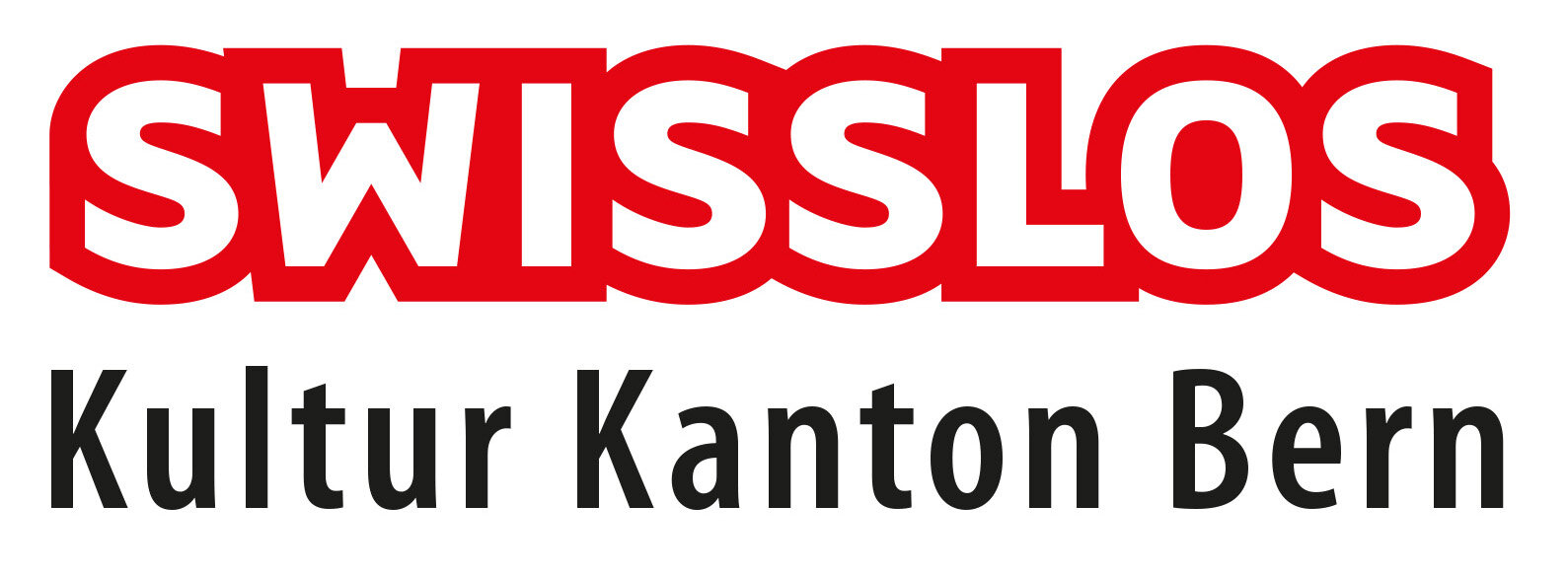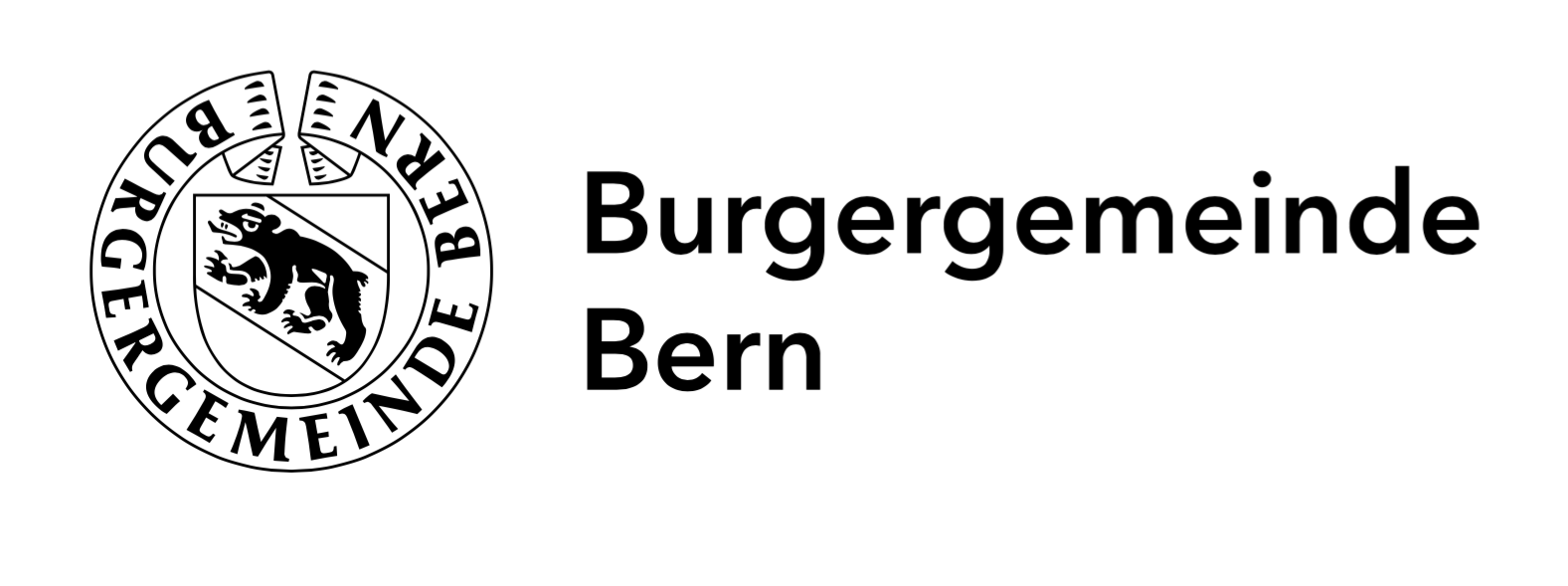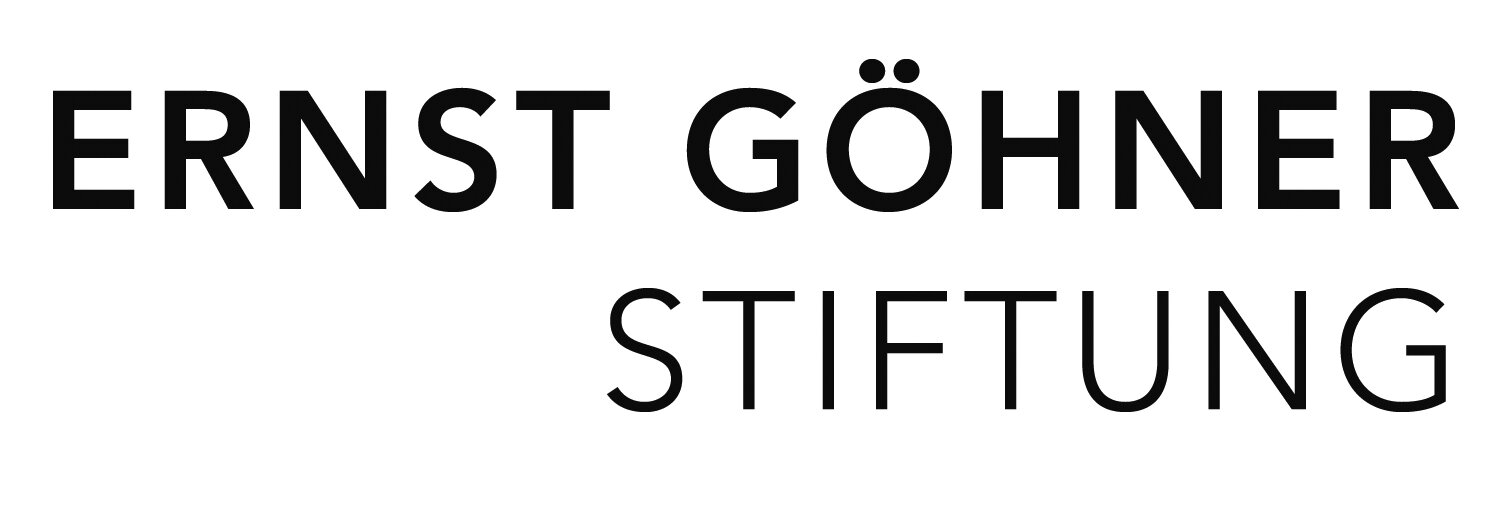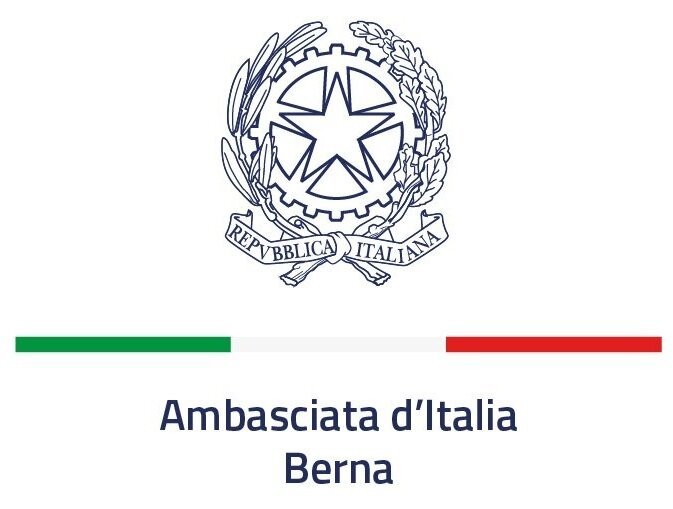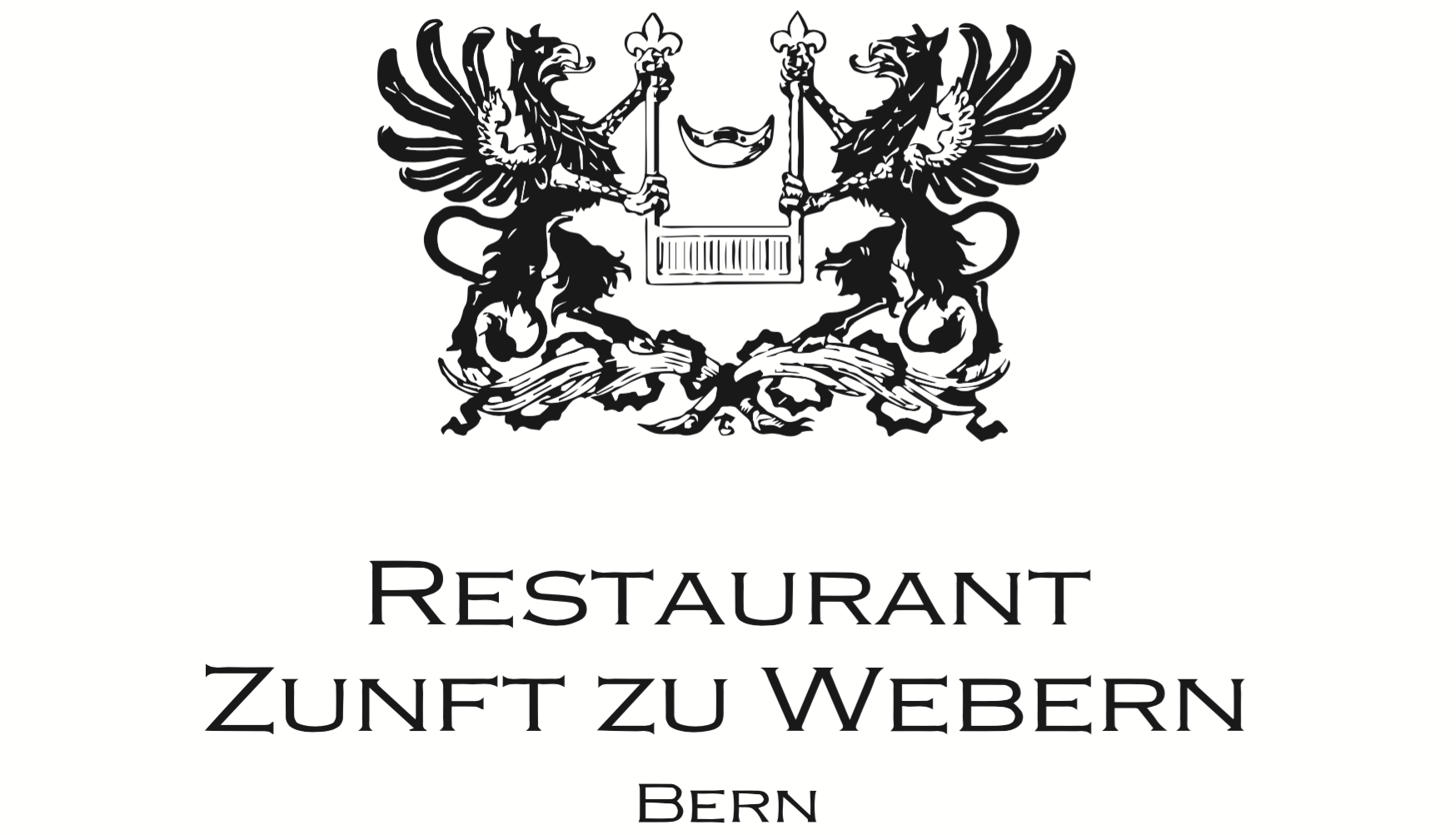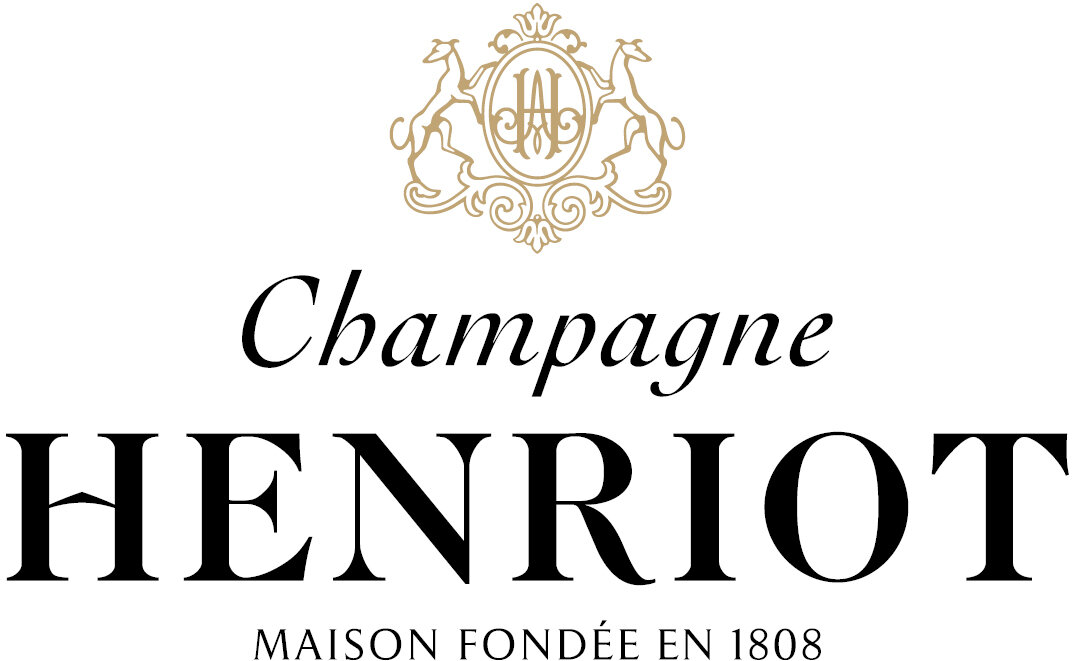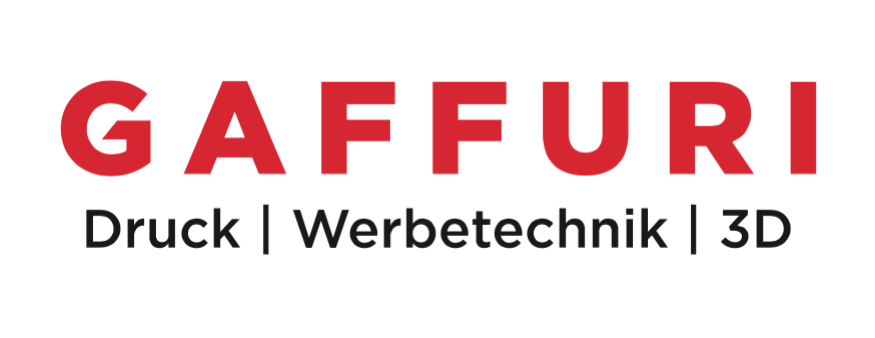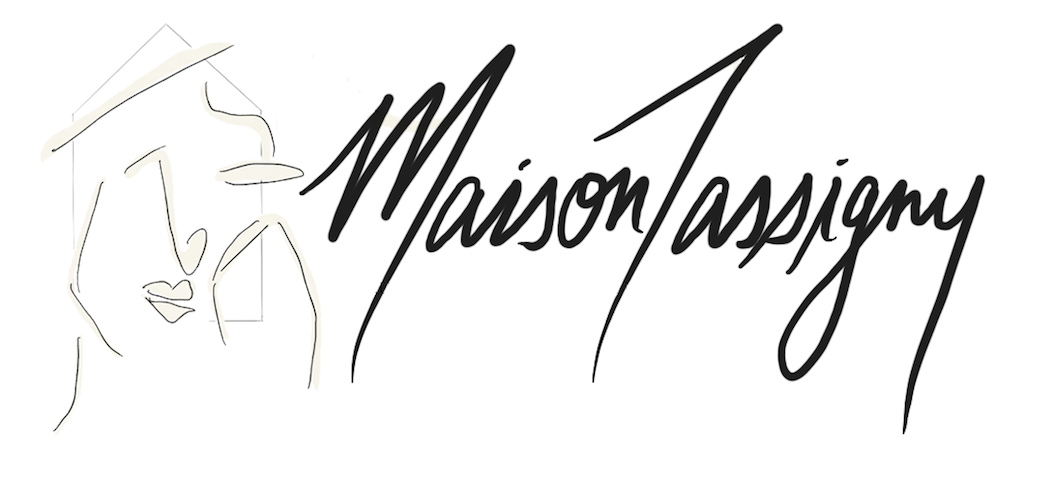Hot/Cold – Dry/Wet: On Art and Latitude
Schloss Oberdiessbach
Oberdiessbach, SWITZERLAND
07.08 – 05.09.2021
OPEN EVERY Saturday and Sunday
from 11 a.m. to 5:30 p.m.
Schloss Oberdiessbach, photo: ©Markus Beyeler
The Bern-based not-for-profit association art+château is delighted to present Hot/Cold – Dry/Wet: On Art and Latitude. The exhibition, which will be on view from August 7 to September 5, 2021 at the Schloss Oberdiessbach in the Canton of Bern, Switzerland, brings together fourteen Swiss and international contemporary artists engaging with different ideas related to the concept of latitude. The works and approaches taken by the artists are wide-ranging, expanding the potential of the subject: while some artists reflect on temperature, climate change, and politics, others develop their work around questions of personal identity, language and geographical origins. Other artists in the exhibition extend the subject to offer a reflection on borders and migrations, displacement and the sense of place and belonging. Multifarious artworks of different genre, medium and size will be presented inside and throughout the castle grounds.
The exhibition is conceived and curated by Dr. Valentina Locatelli with Chelsey Henderson acting as curatorial assistant.
The exhibition departs from a reflection on the theories of the Swiss theologian and physician Johann Hasler (1548–after 1602). Born in Oberdiessbach, the small municipality where the castle is located, he is best known for having developed an elaborate scale of temperature, which was used by doctors as a guide when mixing medicines before the use of the modern thermometer was introduced. Hasler’s temperature chart was based on Claudius Galenus’s (129 AD – ca. 199/216) concept of cold and heat. Galenus, whose views of anatomy and medical science shaped and dominated Western medicine until the Renaissance, was a strong advocate of the Hippocratic theory of the bodily humors, according to which human health, moods and emotions are the result of an imbalance in one of the four basic universal elements hot, cold, dry and wet and their corresponding bodily fluids: blood, phlegm, yellow bile and black bile respectively. In his “De temperamentis”, Galenus classified human behavior on the basis of these four components and their different balance, defining a total of nine temperaments (from Latin “temperare”, to mix in correct proportions) or personality types, from the choleric to the melancholic, from the phlegmatic to the sanguine.
In 1578, Hasler published his book “De Logistica Medica” (About Medicine). According to his research it was possible to establish the “natural degree of temperature of each man, as determined by his age, the time of year, the elevation of the pole [latitude], et al.”. His scientific treatise included a chart of human body temperatures built in relation to the latitude under which people lived. In particular, the table linked Galenus’s nine degrees of temperature to latitude. Hasler believed that the inhabitants of the tropics had a higher body temperature than people living in regions with a mild (or temperate) climate. He assigned the neutral temperature zero, which in turn corresponded to Galenus’ perfect mix on hot/cold and dry/wet qualities, to territories between latitude 40° and 50°. The Schloss Oberdiessbach is located at latitude 46°.
As it was easily established after the invention of the first true thermometer and appears obvious today, in normal conditions all human beings have the same average body temperature, regardless of the latitude where they live. However, even if Hasler’s theories were completely wrong, in the framework of this exhibition at Schloss Oberdiessbach his work offers an intriguing starting point to reflect on the relation existing between art (or artists) and latitude in the current, global age. Presenting artworks by both Swiss and international artists dialoguing with each other and with the historic architectural spaces of the castle, the exhibition will attempt to provocatively raise these questions: Is art influenced by latitude? What happens when art conceived at one latitude is exhibited at another? Does the latitude of the exhibiting venue dictate how art is displayed and interpreted? Does the way we assess art change in relation to latitude? And, if so, is the same artwork perceived differently by the public if it is exhibited in an internationally acclaimed venue, like an important museum in a major capital city, or in a more peripheral location outside of the art circuit? Is there still a scale according to which we measure art today and can we identify it?
Hot/Cold – Dry/Wet: On Art and Latitude does not seek to provide definitive answers to all these issues, but rather to engage the public in an open and thought-provoking conversation with contemporary art and history vis-à-vis these themes. By bringing together a heterogeneous collection of works by artists from different latitudes and at different stages in their career, the exhibition joins a rising discussion on resistance against those simplistic categorizations which for too long have considered the dominant Western artistic discourses and its canon as “neutral” and shaped the understanding of art. Multifarious artworks – paintings, videos, photographs, sculptures and installations – will be presented outside of an institutionalized art space, yet within a traditional historic setting located at the center of what a past European elite considered to be the perfect “neutral” latitude.
ARTISTS
Alice Anderson (Born 1972 in London, UK. Lives and works in London, and Paris, France); Philippe Bemberg (Born in 1979 in Lausanne, Switzerland. Lives and works in Paris, France); Marcelo Brodsky (Born 1954 in Buenos Aires, Argentina. Lives and works in Buenos Aires); Stefano Cagol (Born 1969 in Trento, Italy. Lives and works in Trento); Dina Danish (Born 1981 in Paris, France. Lives and works in Amsterdam, The Netherlands); Willie Doherty (Born 1959 in Derry, Northern Ireland. Lives and works in Donegal, Republic of Ireland); Taiye Idahor (Born 1984 in Lagos, Nigeria. Lives and works in Lagos); Verena Immenhauser (Born 1939 in Männedorf, Switzerland. Lives and works in Bern, Switzerland); Remy Jungerman (Born 1959 in Moengo, Suriname. Lives and works in Amsterdam, The Netherlands); Mathias Løvgreen (Born 1991 in Copenhagen, Denmark. Lives and works in Copenhagen); Esther Mathis (Born 1985 in Zürich, Switzerland. Lives and works in Zürich,); Daniela Schönbächler (Born in 1968 in Zug, Switzerland. Lives and works in Zug and Venice, Italy); Wang Zhibo (Born 1981 in Zhejiang, China. Lives and works in Berlin, Germany); Zimoun (Born 1977 in Bern, Switzerland. Lives and works in Bern).
WITH THE GENEROUS SUPPORT OF
BEKB Förderfonds; Ursula Wirz-Stiftung; SWISSLOS/Kultur Kanton Bern; Burgergemeinde Bern; Ernst Göhner Stiftung; SüdKulturFonds; Ambasciata d’Italia Berna; Embassy of Ireland, Switzerland; Kanton Zug; King & Spalding; Restaurant Zunft zu Webern; Champagne Henriot; Karbaum; Peter Gaffuri AG; Maison Tassigny
We would also like to thank following galleries for their collaboration and contribution:
Galerie Peter Kilchmann, Zürich
Edouard Malingue Gallery, Hong Kong and Shanghai
La Patinoire Royale / Galerie Valérie Bach, Brussels
We would like to extend our sincere gratitude and appreciation for all of the generous support provided by the Members of art+château.
LOCATION
Schloss Oberdiessbach is a Swiss heritage site of national significance. The construction of the so called Neues Schloss (new castle), where the exhibition unfolds, was started in 1666 by Albrecht von Wattenwyl (1617–1671), a former commander of the Swiss Guard in service to the French king Louis XIV. Von Wattenwyl commissioned the Neuchâtel architect Jonas Favre with the erection of the building. The castle has remained mostly unchanged until today and is still the home of the von Wattenwyl family.
HOW TO GET THERE
From Bern, the Schloss Oberdiessbach is located 30 minutes away by car (A6, exit Kiesen) or by train (direction Luzern, change in Konolfingen).
For more information, please visit www.schloss-oberdiessbach.ch
OPENING PROGRAM
SATURDAY, AUGUST 7, 2021, FROM 11:00 A.M. TO 21:30 P.M.
Vernissage / Open Doors (no speech). During the opening it will be possible to visit the exhibition with the curator, the art+château team, and some of the artists represented in the exhibition.
To ensure the safety of your visit, the maximum number of people present at the same time in the building will be capped at a maximum of 25 persons.
THIS PROGRAM WILL BE UPDATED REGULARLY, PLEASE STAY TUNED!
PLAN YOUR VISIT
ADDRESS:
Schloss Oberdiessbach
Schloss-Strasse 48
CH–3672 Oberdiessbach
The exhibition at the Schloss Oberdiessbach will remain open till September 5.
OPENING HOURS :
Saturday and Sunday: from 11 a.m. to 5:30 p.m.
Admission to the exhibition at every hour on the hour.
Last admission at 5:00 p.m.
Entrance Fee: During the opening hours the access to the exhibition is free.
Donations are warmly welcomed. Recommended minimum donation CHF 10.-
GUIDED TOURS:
Guided tours of the exhibition (min. 15 max. 20 people) can be booked outside of the regular opening hours
Fee: CHF 25.00 per person
Please make a reservation well in advance by e-mail to artandchateau@gmail.com or by phone +41 76 496 53 38
SAFETY REGULATIONS:
We would like to make your visit as pleasant and safe as possible!
We therefore ask you to observe the following precautionary rules during your visit:
Please keep a distance of at least 1.5 m to the next visitor
Please wear your protection mask while visiting the exhibition






